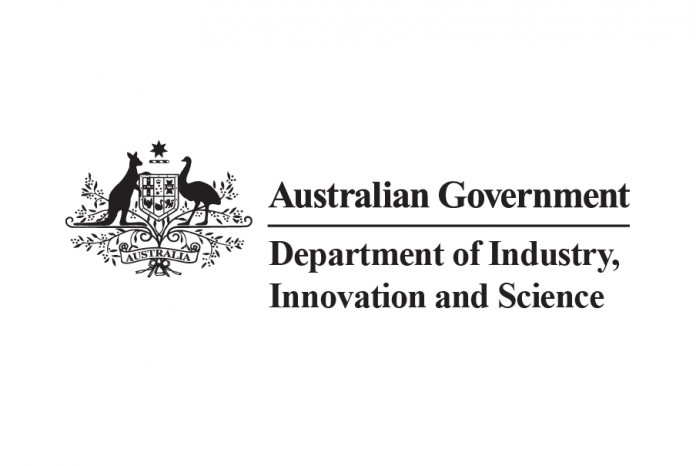
Construction has commenced on a new deep-space antenna in remote Western Australia as part of a multi-million dollar collaboration between the Australian Space Agency and the European Space Agency.
According to the Government’s statement, the agencies will work together to develop the crucial new infrastructure as part of the expansion of the New Norcia deep space tracking station, situated some 130km north-east of Perth.
The Australian government is contributing $4 million to the almost $70 million project, which has already resulted in approximately $29 million in contracts for Australian companies.
The new antenna will support ESA’s deep space missions by collaborating with antennas in Argentina and Spain to provide continuous communications with spacecraft exploring the Solar System, visiting asteroids, or keeping a close eye on our active Sun.
Advanced deep space communication technologies will be used in the new infrastructure, including a cryogenically cooled ‘antenna feed’ that can boost data return by up to 40%.
Head of the Australian Space Agency Enrico Palermo said the agency was excited to deepen its relationship with ESA with a view to growing the local space sector.
“This project will extend Australia and Western Australia’s pedigree and heritage in deep space communications, which can be traced right back to the 1950s,” he continued.
“It will also unlock the exchange of new technical know-how, as Australian suppliers help design, develop and test the antenna.”
CSIRO Chief Executive Larry Marshall said the national science agency supports ESA in Australia as the local operator of the New Norcia deep space tracking station, and in satellite data management and research programs.
“CSIRO has collaborated with international space missions since the early 1960s, developing solutions from this science, inspiring the next generation of scientists and driving innovation through global partnerships,” Mr Marshall noted.
“This new antenna will support humanity’s exploration of our vast Solar System, help build our understanding of our Solar System and the Universe, and create the exciting new jobs of the future in the Australian and international space industry.”
The new antenna is planned to go live in early 2025.
Image credit: www.industry.gov.au



















